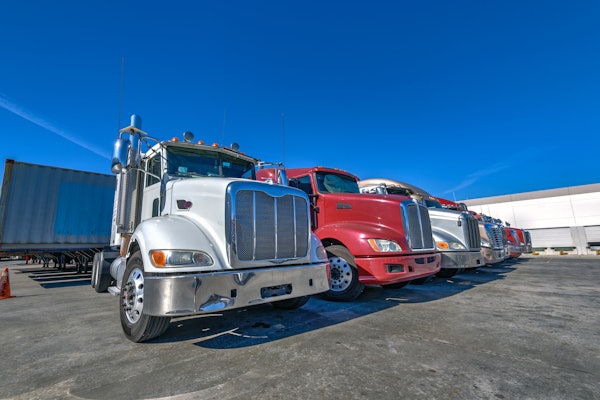ISE Corp., an integrator of hybrid-electric and integrated fuel-cell drive systems for buses, has delivered a 40-foot hybrid-electric fuel cell-powered transit bus to CTTransit. The company says the bus is New England’s first zero-emissions fuel cell-powered hybrid bus and will immediately enter CTTransit service. CTTransit is provider of public transit local and express bus services in the Greater Hartford, New Haven, and Stamford metro areas of Connecticut.
On hand to witness the quiet fuel-cell hybrid bus rolling out onto the streets of Hartford were U.S. Rep. John Larson, D-Conn., and officials from the Federal Transit Administration, Connecticut Department of Transportation, Greater Hartford Transit District, CTTransit, Capitol Region Council of Governments, UTC and ISE.
ISE, with other industry partners, have been working under a $2.9 million grant from the Federal Transit Administration to the Greater Hartford Transit District to develop the Northeast’s first hydrogen fuel cell bus. The bus is built on a Van Hool A330 chassis, and the system is powered by the UTC Power PureMotion 120 fuel-cell power system.
Under the subcontract agreement, ISE supplied one variant of its fully modular ThunderVolt hybrid-electric drive system to meet CTTransit’s need. In addition to being highly energy efficient, ISE’s hybrid-electric drive system requires a smaller fuel cell to power the bus, thus lowering acquisition cost, the company says. The advanced hybrid system uses high voltage batteries designed to recuperate stopping energy that would normally be expended on the brake pads, reducing brake wear and maintenance.
ISE’s other industry partner in producing the bus is AC Transit of Oakland, Calif., which now has three fuel cell-powered buses in operation. Another ISE-integrated identical bus, demonstrating hot weather potential, is in full-time service at Sunline Transit Agency in Palm Desert, Calif.
“Releasing the fifth bus of its kind, we are building on the accumulated 75,000 miles of its predecessors in a challenging, new environment — the New England winter,” says Jayson Cannon, ISE program manager. During revenue service, the vehicle is expected to operate in stop-and-go traffic, on highways, and on grades just like any other bus in service. “Laboratory testing and engineering modeling can only take us so far, but this is where the rubber meets the road,” Cannon says.







